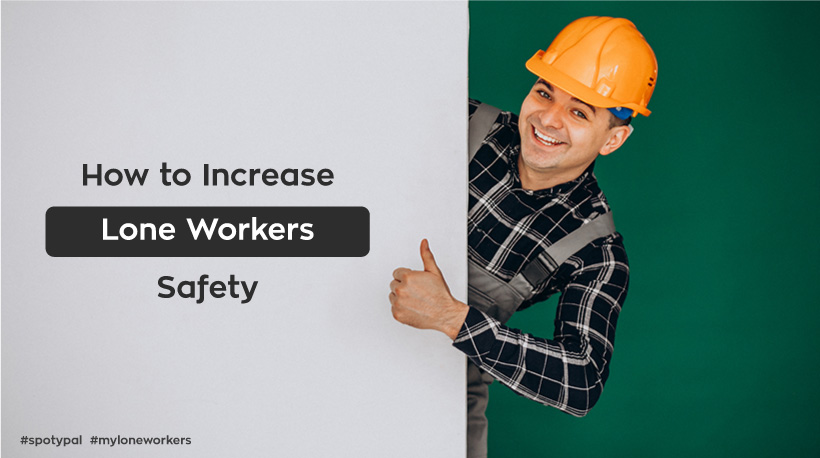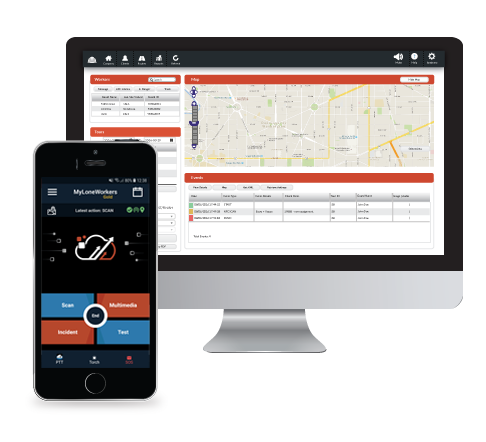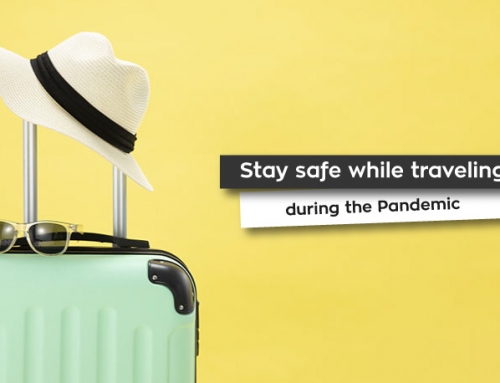A lone worker is an employee whose role involves working in isolation from other employees and without direct or close supervision. Some general categories of lone workers include employees who handle hazardous tasks away from the public, employees who travel to interact with customers away from the office, and even those who travel alone without necessarily interacting with customers. Lone workers face extraordinary challenges in the course of accomplishing their tasks, and they might be exposed to several risks since there is usually no one to assist them. Therefore, if your company hires lone workers, there is the need to conduct a risk assessment and come up with a plan to enhance their safety.
Examples of Lone Workers and the Risks that They Face
From the definition of a lone worker, we can deduce that are lone workers in almost all industries. Therefore, the risks that they face may differ from one industry to another and even from one role to another. Examples of lone workers include truck drivers, security guards, traveling salespeople, land surveyors, utility workers, cleaners, refinery workers, telecommuters, construction workers, home care nurses, and even some self-employed people. Some common risks that affect lone workers include workplace violence, falls, traffic accidents, blunt force trauma, and sudden cardiac arrest, among others.

Tips for Improving Workplace Safety for Lone Workers
Based on the seriousness of the dangers that lone workers have to encounter in the course of performing their duties, it is clear that their workplace safety has to be taken seriously. Therefore, every organization that hires lone workers should have workplace safety policies that are geared towards keeping their lone workers as safe as possible. Below is a rundown of some of the tips that decision-makers can count on to increase the safety of their lone workers.
 Risk Analysis
Risk Analysis
Organizations that employ lone workers should conduct a risk analysis to determine if their lone workers are facing greater hazards compared to other employees. Some of the questions that such organizations can try to answer in their risk analysis include:
![]() How quickly can a lone worker be reached in the event of an emergency?
How quickly can a lone worker be reached in the event of an emergency?
![]() Is it possible for the worker to operate emergency structures like scaffolds and ladders on his or her own?
Is it possible for the worker to operate emergency structures like scaffolds and ladders on his or her own?
![]() How safe is it for the worker to lift all the necessary loads on his or her own?
How safe is it for the worker to lift all the necessary loads on his or her own?
![]() Does the employee have a condition that could put him or her at great risk?
Does the employee have a condition that could put him or her at great risk?
![]() Would the employee be relatively safer if he or she was not working alone?
Would the employee be relatively safer if he or she was not working alone?
By answering these questions based on the existing facts, you will be in a great position to come up with solutions that are specific to your case.
 Regular Check-Ins
Regular Check-Ins
The fact that lone workers work all alone does not mean that they do not need some kind of supervision at all. The only difference is that their supervisors are not physically there with them. For the sake of lone workers’ safety, their supervisors need to stay in touch with them. In other words, supervisors should have the responsibility to regularly check on the well-being of lone workers working under them. If this is not possible through cell phones due to coverage issues, then an organization may have to invest in radio transceivers or satellite phones, which are more reliable, particularly in remote places.
 SpotyPal
SpotyPal
SpotyPal is a Bluetooth item finder that is designed primarily to help people find their missing items easily and even prevent them from losing them in the first place. For instance, if you misplace the keys on which a SpotyPal device is attached, you can use your SpotyPal mobile application to locate them more easily.
However, unlike other Bluetooth item finders, SpotyPal has an additional feature, the panic button, that can significantly enhance the safety of lone workers.
But how exactly does it work in this regard?

SpotyPal allows a user to select some contacts that they can alert in case they find themselves in a dangerous situation, and it is not practical to make a call. For instance, if a lone worker gets a debilitating blow from a heavy moving object, and he or she cannot reach their supervisor via phone for some reason, he or she can simply press the SpotyPal’s panic button to send an SOS alert to his or her supervisor. The supervisor may then dispatch a team to check on the lone worker.
 MyLoneWorkers Real-Time Management System
MyLoneWorkers Real-Time Management System
MyLoneWorkers is a workers’ management system that is primarily designed to make the management of lone workers more systematic and efficient. But more importantly, the system has features that can help with enhancing the safety of lone workers. For instance, if a lone worker falls, the system can automatically send a Lone Worker Down alert to a monitoring center. Once the monitoring center has received the alert, those in charge will send an emergency response team to assist the loan worker. For maximum lone worker safety, the system consists of a mobile app and a web-based app.
Furthermore, SpotyPal is compatible with the MyLoneWorkers equipment, and it can be used as an external BLE SOS button.
The Bottom Line
As you can see, the need to improve lone workers’ workplace safety cannot be overemphasized. It is also clear that for organizations to enhance the safety of its lone workers, they need to do a risk analysis and implement some safety policies, including investing in technologies such as MyLoneWorkers System and SpotyPal. These technologies will also help in making the management of lone workers more efficient. Invest in MyLoneWorkers and SpotyPal, and make your lone workers feel safer than ever before.







